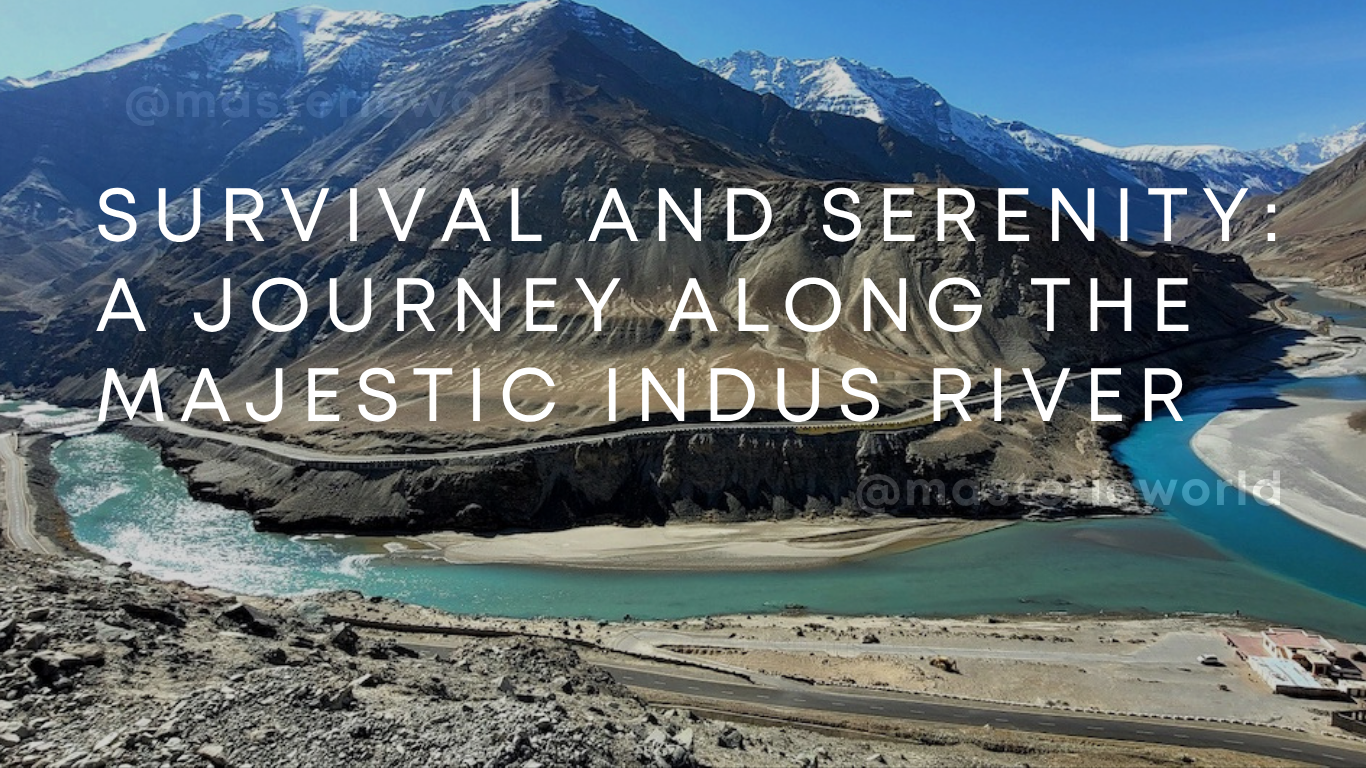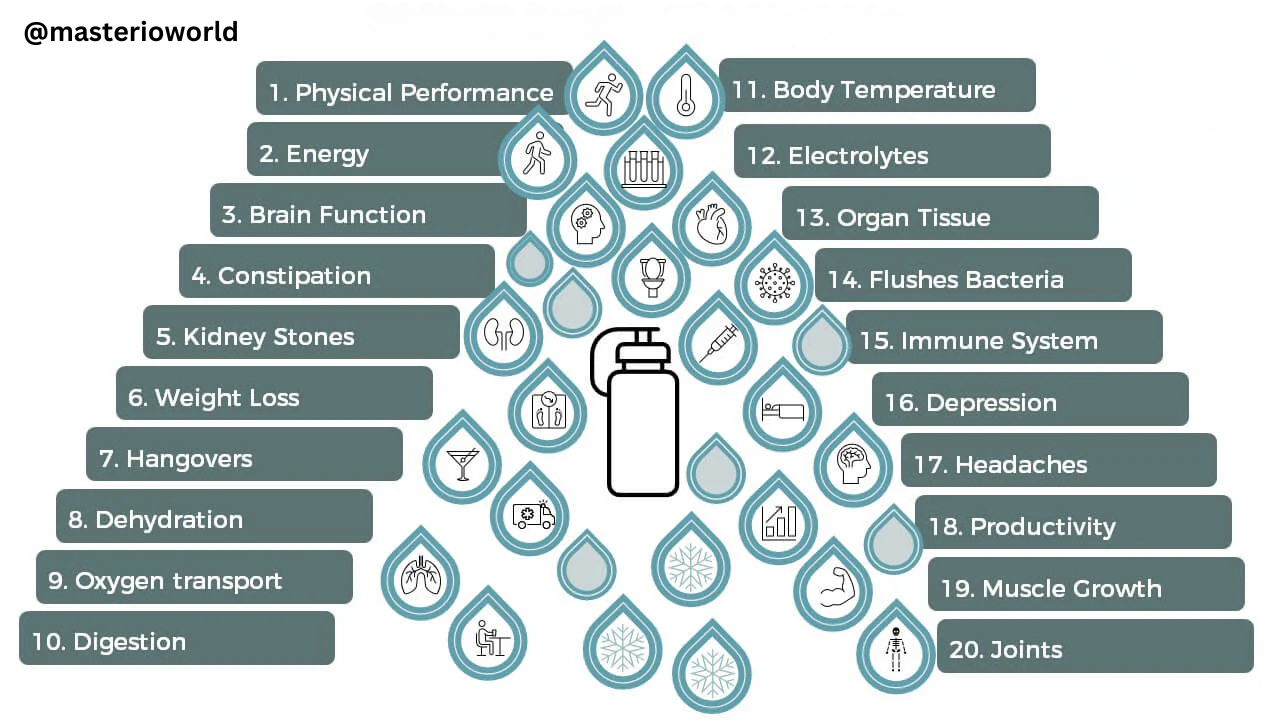From Science Fiction to Reality: AI-Powered Vehicles Take the Roads by Storm
The rapid advancements in artificial intelligence (AI) have paved the way for numerous groundbreaking innovations across various industries. One of the most notable areas where AI has made significant progress is in the field of transportation. In recent years, AI-powered vehicle have transitioned from being a mere concept in science fiction to a tangible reality on the roads. This article explores the emergence of AI-powered vehicle, their impact on the automotive industry, and the future prospects of this transformative technology. Introduction The concept of AI-powered vehicle has long been a staple in science fiction literature and films. The idea of machines possessing human like intelligence and capabilities has captivated our imagination, from self driving cars to intelligent robot assistants. However, recent technological advancements have turned this fantasy into reality, bringing us closer than ever to a future where AI powered vehicle dominate our roadways. The Rise of AI in Transportation The integration of AI in transportation has gradually improved due to advancements in computing systems, machine learning algorithms, and sensors. This has changed the automotive industry and has pushed us in a new era of transportation. 3. AI Powered Vehicle Technologies 3.1 Autonomous Driving Systems At the core of AI powered vehicle lies autonomous driving systems. Autonomous vehicle use sensors, cameras, radar, and lidar to perceive their surroundings and make real-time decisions. Using algorithms and deep neural networks, they can navigate complex road conditions with unmatched precision. 3.2 Machine Learning and Deep Neural Networks Machine learning algorithms and deep neural networks form the backbone of AI powered vehicle technology. These algorithms enable vehicle to learn from vast datasets and improve their performance over time. By continuously analyzing and processing sensory data, AI powered vehicles can adapt to changing road conditions, recognize objects and obstacles, and make decisions based on previous experiences. 3.3 Sensor Technology AI powered vehicles rely on a multitude of sensors to perceive their environment accurately. These sensors include cameras, radar, lidar, ultrasonic sensors, and GPS receivers. By integrating data from these sensors, AI powered vehicles can create a detailed understanding of their surroundings, allowing them to navigate safely and efficiently. 3.4 Connectivity and IoT Integration The integration of AI powered vehicles with connectivity and the Internet of Things opens up new possibilities for enhanced functionality and communication. By leveraging vehicle to vehicle and vehicle to infrastructure connectivity, AI powered vehicles can exchange real-time information with other vehicles and traffic systems. This connectivity enables predictive maintenance, optimized routing, and intelligent traffic management. 4. Benefits and Advantages of AI Powered Vehicles The widespread adoption of AI powered vehicles promises several significant benefits and advantages for individuals and society. 4.1 Enhanced Safety and Accident Prevention AI powered vehicles have the potential to reduce the number of accidents on our roads drastically. By eliminating human error, which is a leading cause of accidents, these vehicles can enhance road safety and save countless lives. AI systems can continuously monitor the environment, anticipate potential hazards, and react much faster than human drivers, mitigating the risk of collisions. 4.2 Improved Traffic Efficiency and Management AI powered vehicles’ intelligent algorithms and real-time data processing capabilities can optimize traffic flow and reduce congestion. These vehicles can communicate with each other and adapt their speed and route to maximize traffic efficiency. By minimizing traffic jams and improving overall transportation systems, AI powered vehicles can help alleviate the burden of congested roads. 4.3 Increased Accessibility and Mobility AI powered vehicles have the potential to revolutionize transportation accessibility for people with disabilities, the elderly, and those without access to private vehicles. These vehicles can provide convenient and affordable mobility solutions, empowering individuals to travel independently and participate more actively in society. 4.4 Environmental Sustainability With the growing concern over climate change and environmental impact, AI powered vehicles offer a promising solution to reduce carbon emissions. By optimizing driving patterns and promoting eco-friendly practices, such as electric and hybrid technologies, AI powered vehicles can contribute to a more sustainable transportation ecosystem. 5. Challenges and Limitations of AI Powered Vehicles Despite their immense potential, AI powered vehicles also face various challenges and limitations that need to be addressed. 5.1 Ethical Considerations and Decision Making Algorithms AI powered vehicles raise ethical concerns regarding decision-making algorithms in critical situations.In potential accident scenarios, autonomous vehicles must prioritize the safety of passengers, pedestrians, and other vehicles. Ethical guidelines and transparent decision-making processes are necessary for public trust and acceptance. 5.2 Legal and Regulatory Frameworks The deployment of AI powered vehicles necessitates the development of robust legal and regulatory frameworks. These frameworks must address liability issues, data privacy concerns, and establish guidelines for the safe and responsible operation of these vehicles on public roads. 5.3 Cybersecurity Risks As AI-powered vehicle become more connected and reliant on data, they become vulnerable to cybersecurity threats. Ensuring robust security measures to protect against potential hacking attempts and data breaches is crucial for maintaining public trust and preventing malicious activities. 5.4 Public Acceptance and Trust The success of AI-powered vehicle hinges on public acceptance and trust. Building awareness, educating the public, and demonstrating the benefits and safety of these vehicle are crucial to overcome skepticism and foster widespread adoption. 6. The Future of AI Powered Vehicles The future of AI powered vehicle holds immense potential for further advancements and integration with other technologies. 6.1 Continued Technological Advancements AI powered vehicle will continue to improve with advancements in AI, sensor technologies, and connectivity. We can expect more sophisticated AI algorithms, better sensor accuracy, and enhanced vehicle-to-vehicle communication, leading to safer and more efficient transportation systems. 6.2 Integration with Smart Cities AI powered vehicle will play a vital role in the development of smart cities. By seamlessly integrating with urban infrastructure, these vehicle can contribute to optimized traffic management, reduced pollution levels, and enhanced overall quality of life for city dwellers. 6.3 Electric and Hybrid AI Vehicle The electrification of vehicle and AI technology will accelerate the transition toward a greener and more sustainable transportation sector. Electric and hybrid AI powered … Read more










